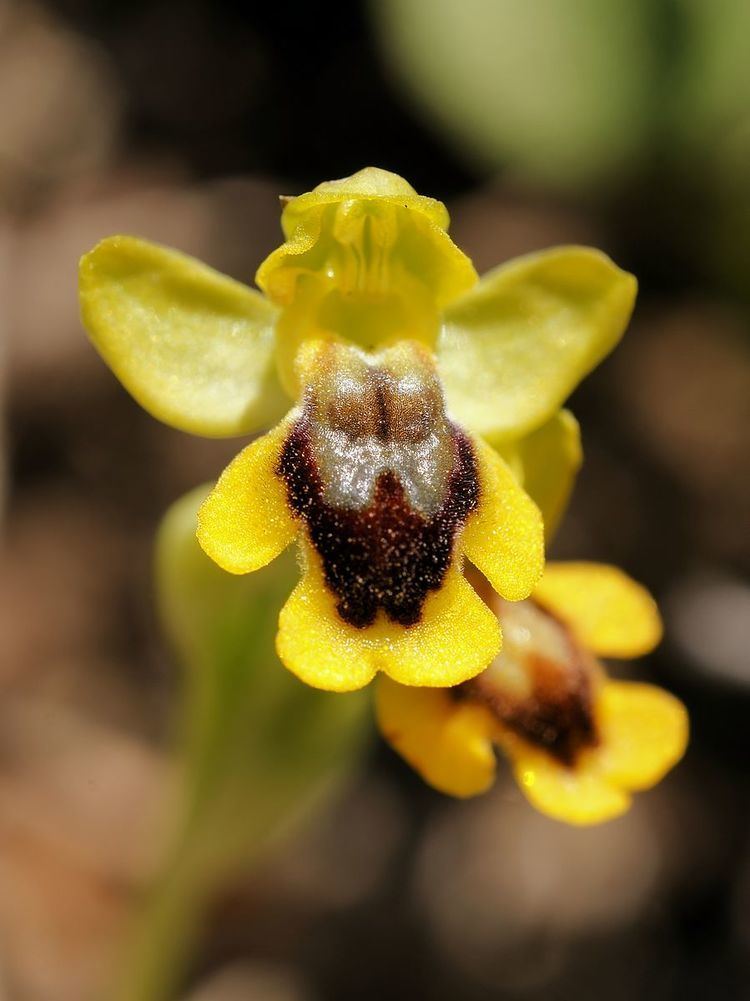 | ||
Chemical mimicry is a type of biological mimicry. A chemical mimic dupes an operator (e.g. a predator) by showing an adaptive chemical resemblance to an object of its environment and as a consequence receives selective advantage. Note, that a chemical mimic can always be detected as an interesting entity to the operator, while organisms showing chemical crypsis (resemblance of the background) cannot be detected as discrete entity by an operator. Chemical masquerade should also be distinguished from chemical mimicry. It is the resemblance of an uninteresting object that can be detected by the operator (e.g. resemblance of a stick or leave in a visual context). Chemical mimicry may be used in combination with mimicry in other sensory modes (e.g. visual, auditory, tactile) or by itself. This sort of mimicry is less obvious to humans and thus has not received as much attention from researchers as other forms (like visual mimicry) have. Examples include spiders mimicking sex pheromones of moths in order to catch them, plant mimicry of insect alarm pheromones which stops them from attacking the plant, or insects that exploit social insect societies by duping workers to be nestmates.
Examples
The attraction of male insects to sex pheromones is exploited by a number of parties. Because finding a mate is essential for a male's reproductive success, there is strong selection on males to respond to these chemical signals. Other signallers can benefit from mimicking these pheromones, for example bolas spiders, orchids or even other males of the same species (intraspecific mimicry).
Parasitic Cuckoo bees (subgenus Psithyrus), such as Bombus bohemicus, invade the hives of other bumblebees, mimicking species- and colony-specific chemical signals to enter the hive without being attacked by host workers.
Some plants have their seeds dispersed by ants, a phenomenon called myrmecochory. Seeds have a nutritious attachment called an elaiosome which functions as a food reward for the ants. In some cases the elaiosomes seem to chemically mimic insect prey. Brew et al. (1989) write that "[w]hile the nutrient composition of elaiosomes may provide the underlying selective advantage for ants in seed dispersal, specific compounds may manipulate their behaviour and maximize seed dispersal."
